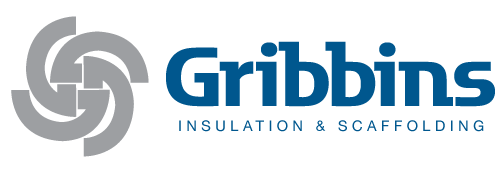Excavation, Trenching, and Shoring
An excavation is any man made cut, cavity, trench or depression in the earth’s surface. A trench is a narrow excavation made below the surface of the ground with a width not greater than 15 feet.
Excavations and trenches are areas where our work is normally not performed. However, when we do perform in these areas, employees must be trained, a competent person must be onsite, and inspections must be completed. Excavations and trenches are one of OSHA’s national emphasis program and continue to cause fatalities every year. It is imperative that employees are trained and follow all rules and regulations while enter a trench or excavation. The following are a list of safety precautions while working in or around trenches or excavations:
- The area must be cleared, approved and a site specific safety plan must be completed by the Gribbins Insulation representative prior to the start of an excavation. An excavation may be considered a confined space, therefore atmospheric testing may be required.
- All excavations must have safe access ways, be properly barricaded and shall have a flashing light barricade at night. Spoil dirt may be used to barricade one side of a ditch or similar excavation. All dirt must be piled at least three feet back from the edge of an excavation and must be at least three feet high when used as a barricade.
- All excavations four feet or deeper into which personnel may be allowed to enter, no matter how brief, shall be shored, benched and/or sloped to comply with OSHA requirements.
- Access and egress ladders are required in any excavation at a minimum of every 25 feet of lateral travel per OSHA regulation.
- Gribbins Insulation will have a competent person, as defined by OSHA, supervising all excavation work. The competent person shall inspect the excavation daily before work begins and after significant amount of rain or other conditions that may increase hazards. The competent person shall complete annual refresher training.
- All soils are to be considered Class “C” unless a soil laboratory determines and documents otherwise.
- All excavations shall be inspected daily using the Gribbins Insulation Excavation Inspection form.
- All walkways over a trench/excavation shall have guardrails, if they are 6 feet or more above the bottom of the trench/exaction.
- All adjacent structures shall be supported to prevent a collapse.
- Check all excavation walls before entering and after a heavy rain or thaw. Inspect shoring daily or more often in extremely wet weather.
- Nobody is permitted in an excavation while equipment is being used next to the edge.
- All excavations within three feet of a known active underground pipeline, conduit, or cable shall be hand probed and dug using insulated tools. If the underground utility cannot be found, all work shall stop at this location and the Gribbins Insulation field representative shall be notified.
- No employee is permitted to enter a trench or excavation without being properly trained.
